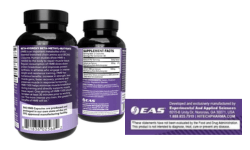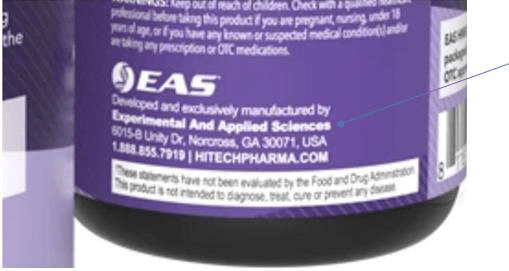Do you know what distinguishes a trade name from a trademark? Clients frequently ask us to file a trademark application for the name of their company without any understanding of whether the company name is being used as a trademark. So, what is the difference? To put it simply, a trade name under section 45 of the Trademark Act is “any name being used by a person to identify his or her business or vocation.” Trade names are not registrable with the USPTO. Trademarks, on the other hand, under Section 45, means “any word, name, symbol, or device, or any combination thereof … used… to identify and distinguish his or her goods, including a unique product, from those manufactured or sold by others and to indicate the source of those goods, even if that source is unknown.” The same definition applies to services.
The distinction between the trademark and trade name, however, is not so clear when you consider that a trade name can be used as a trademark so long as it is used in a trademark sense, that is, to distinguish the owner’s goods and to indicate their source. The distinction is easier said than done, which, as you may imagine, may be a contentious issue before the Trademark, Trial and Appeal Board (TTAB).
Take for example the recent case of Hi-Tech Pharmaceuticals, Inc. (“Hi-Tech”), which sought registration of the mark “EXPERIMENTAL AND APPLIED SCIENCES” for dietary and nutritional supplements. To prove use in commerce, Hi-Tech submitted labels of its products pointing to the use of its trademark on the reverse side of a bottle. Here is an image of one label:
Note that “EXPERIMENTAL AND APPLIED SCIENCES” appears in bold above its street address and other contact information. The Examining Attorney rejected the specimen on the basis that the “proposed mark functions merely as a trade name and does not function as a trademark.” Hi-Tech submitted the following substitute specimen, which the Examining Attorney also rejected:
Upon appeal to the TTAB, the Board recognized that the difference between a trademark and a trade name is often difficult to determine and “often is nebulous in character.” To make the determination of whether a proposed trademark is a trade name, it must be determined “from the manner in which the name is used and the probable impact on purchasers and prospective purchasers.” In this instance, the Board considered Applicant’s use of its full corporate name, capitalization of its name, the lettering or font style, and whether it uses contrasting colors, all of which would affect the impact on purchasers. The Board concluded that
each of the specimens shows the proposed mark EXPERIMENTAL AND APPLIED SCIENCES displayed in only one location—on one line of a four-line group, all sharing the same color, identical or at least nearly identical font size and style, and left-hand and right-hand justification.
The proximity of the proposed trademark to the company’s physical address, phone number and web address further convinced the Board that the mark was being used merely as a trade name. The fact that the mark is in bold was not persuasive. The Board affirmed the decision of the Examining Attorney.
The TTAB decision was based on the specific evidence and circumstances presented, which should serve as a reminder for applicants to carefully consider how their proposed marks are perceived by consumers and whether they function as trademarks indicating the source of goods or services.
— Adam G. Garson, Esq.




